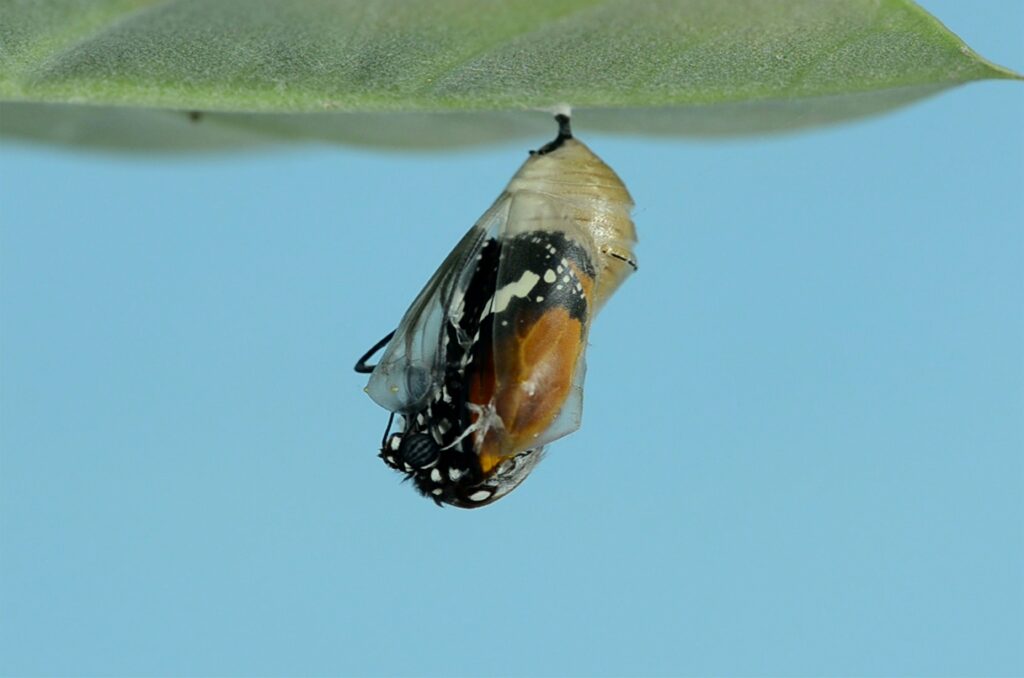The transformation of a caterpillar into a butterfly stands as one of nature’s most remarkable phenomena. This process, known as metamorphosis, involves a mysterious middle stage where the insect encloses itself in a protective case and undergoes dramatic changes hidden from view. During pupation, what appears dormant from the outside actually conceals an extraordinary biological revolution within. Inside these silken chambers or hardened casings, insects essentially break down and rebuild themselves, emerging as entirely different creatures. This article delves into the fascinating world of insect pupation, exploring the intricate processes that occur within these seemingly quiet cocoons and chrysalises, revealing how nature orchestrates one of its most astonishing transformations.
Understanding the Basics of Metamorphosis

Metamorphosis represents one of the most dramatic developmental processes in the animal kingdom, particularly evident in insects like butterflies, moths, flies, and beetles. Complete metamorphosis, or holometabolism, involves four distinct life stages: egg, larva, pupa, and adult. The pupal stage serves as the critical transition phase where the immature larval form transforms into the reproductively capable adult form. Unlike incomplete metamorphosis, where juveniles gradually become adults through a series of molts while maintaining similar body structures, complete metamorphosis involves a radical reorganization of tissues and organs. This evolutionary adaptation allows insects to exploit different ecological niches at different life stages, reducing competition between juveniles and adults of the same species for resources. The remarkable efficiency of this process has contributed to the tremendous success of holometabolous insects, which represent approximately 85% of all insect species alive today.
The Different Types of Pupal Casings
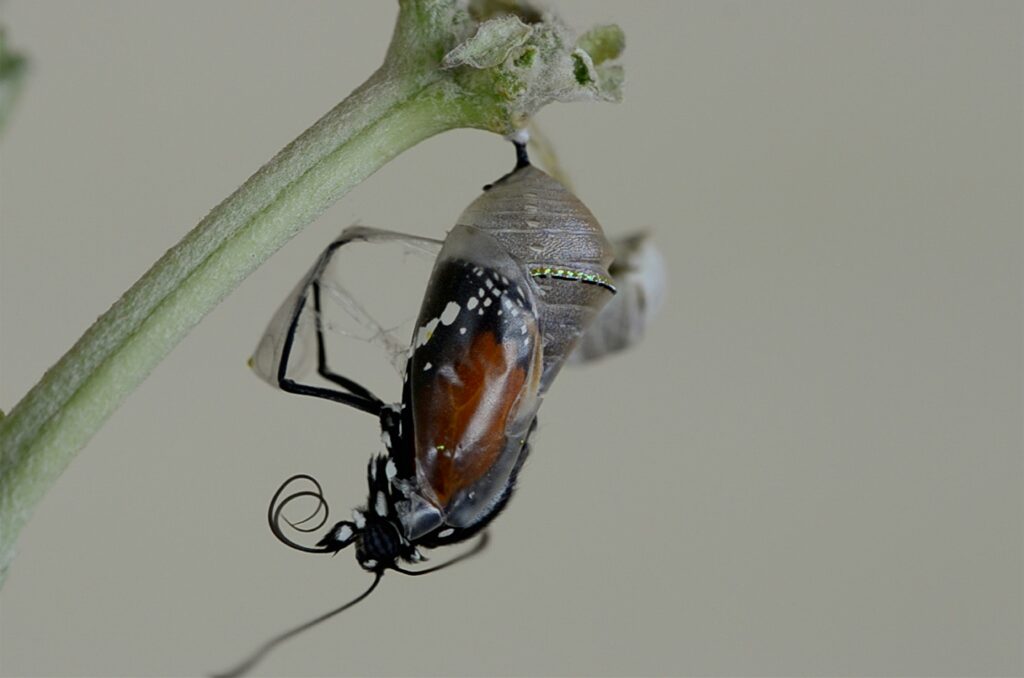
Insects have evolved diverse protective structures during pupation, each adapted to specific ecological pressures and evolutionary histories. Butterflies form chrysalises, which are hardened, often ornate cases made from the caterpillar’s final larval skin rather than spun material. Moths, in contrast, typically create cocoons woven from silk produced by specialized glands, sometimes incorporating leaves, twigs, or soil for additional camouflage and protection. Flies develop puparia, barrel-shaped cases formed from the hardened final larval skin that turns dark brown through a process called tanning. Beetles pupate within cells or chambers they’ve excavated in soil, wood, or plant tissue, while some remain partially enclosed in the split skin of their final larval stage. These varied protective strategies serve multiple purposes: they shield the developing insect from predators, provide environmental stability, and create the necessary microclimate for the complex internal reorganization occurring during metamorphosis.
The Incredible Preparation for Pupation

Before entering pupation, larvae undergo significant physiological and behavioral changes that prepare them for their transformative journey. As the final larval stage approaches its conclusion, hormonal shifts trigger changes in feeding behavior, with most species ceasing to eat altogether and purging their digestive systems. Caterpillars often engage in a wandering phase to find suitable pupation sites, sometimes traveling considerable distances to locate ideal locations based on factors like humidity, temperature, and protection from predators. Many species spin silk attachments or anchors to secure themselves in place during pupation – monarch butterflies create a silk button from which they hang, while swallowtails spin a silk girdle that supports them at an angle. Internally, the larva’s body begins producing enzymes that will later facilitate the breakdown of larval tissues, while certain cell clusters called imaginal discs, which have remained dormant throughout larval development, prepare to activate and form adult structures.
The Critical Moment of Transformation Begins

The transition from active larva to seemingly dormant pupa represents a brief but intensely dynamic phase in an insect’s development. As hormonal changes peak, the larva molts one final time, shedding its exoskeleton to reveal the pupal form beneath. In butterflies, this process involves the caterpillar hanging upside down, splitting its skin, and wriggling vigorously to shed the old exoskeleton, revealing the chrysalis that forms underneath. The fresh pupal case initially appears soft and vulnerable before gradually hardening through a process called sclerotization, which strengthens the protective exterior. These first hours of pupation are particularly perilous, as the insect cannot escape or defend itself while its outer casing solidifies. During this critical period, the insect’s breathing rate dramatically changes – initially increasing with the physical exertion of molting, then settling into a slower, more consistent rhythm as the pupa enters its developmental phase. The successful completion of this transition marks the beginning of the most profound reorganization any animal regularly undergoes in its lifecycle.
Histolysis: The Breaking Down of Larval Tissues

Once safely encased in its protective covering, one of the most dramatic biological processes begins inside the pupa: histolysis, the controlled breakdown of larval tissues. This remarkable process resembles a controlled self-digestion where special enzymes dismantle many of the larval structures that are no longer needed. Certain tissues, particularly muscles used for caterpillar locomotion and much of the digestive system, liquefy almost entirely into a soup-like substance of free-floating cells and proteins. This internal breakdown is facilitated by programmed cell death (apoptosis) and the action of specialized cells called phagocytes that consume cellular debris. However, histolysis doesn’t affect all tissues equally – the nervous system undergoes significant remodeling rather than complete dissolution, preserving some learned behaviors and memories through metamorphosis. The respiratory system also maintains partial functionality throughout the process, ensuring oxygen reaches tissues during this energy-intensive transformation. This controlled demolition creates both the raw materials and the physical space necessary for the insect’s dramatic rebuilding process.
Histogenesis: Building the Adult Form
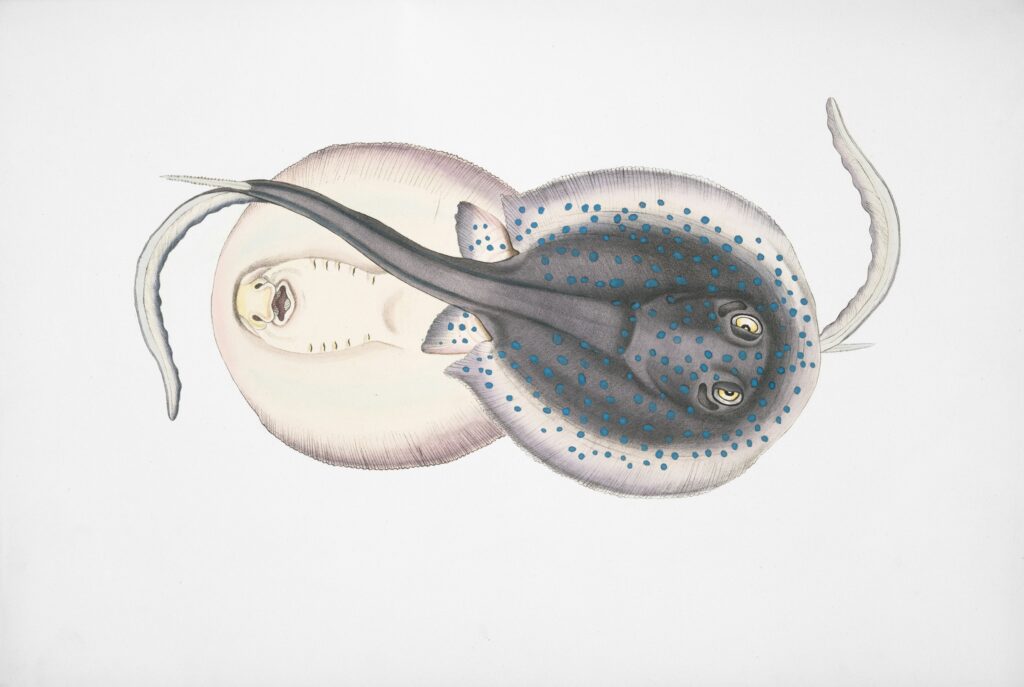
While histolysis breaks down larval tissues, histogenesis simultaneously builds the adult form using specialized cell clusters called imaginal discs. These remarkable structures have been present but largely dormant since the embryonic stage, essentially carrying the blueprints for adult organs throughout larval development. Each imaginal disc is predestined to form specific adult structures – separate discs exist for wings, eyes, antennae, legs, and other adult organs. During pupation, these discs undergo rapid proliferation and differentiation, expanding dramatically and taking shape as they absorb nutrients from the histolyzed larval tissues. The reorganization follows precise genetic programming coordinated by hormones, particularly ecdysone and juvenile hormone, which control the timing and rate of development. Different adult structures develop at varying rates, with the central nervous system and flight muscles often taking priority. The protein resilin, crucial for the elasticity needed in wings and flight muscles, is synthesized during this stage. By the end of histogenesis, the insect has effectively rebuilt itself into an entirely different creature with new capabilities appropriate for its adult ecological niche.
The Respiratory Challenge During Pupation

One of the most significant physiological challenges during pupation is maintaining adequate respiration while encased in a relatively impermeable covering. Unlike the active larval stage, pupae cannot move to enhance air circulation, yet the dramatic internal reconstruction requires considerable oxygen. Insects have evolved sophisticated respiratory adaptations to address this challenge. Most pupae breathe through a network of spiracles – specialized openings along their bodies that connect to internal breathing tubes called tracheae. These spiracles often feature filtering mechanisms that allow gas exchange while preventing water loss and blocking parasites or pathogens. Some aquatic pupae, like those of mosquitoes, develop specialized breathing trumpets or siphons that extend to the water’s surface. The metabolic rate within a pupa fluctuates dramatically, with periods of intense activity during major tissue reorganizations requiring increased oxygen consumption. Some species even exhibit a pulsing motion within their pupal cases, using muscular contractions to enhance air circulation through their tracheal systems despite their overall immobility.
The Brain’s Remarkable Transformation
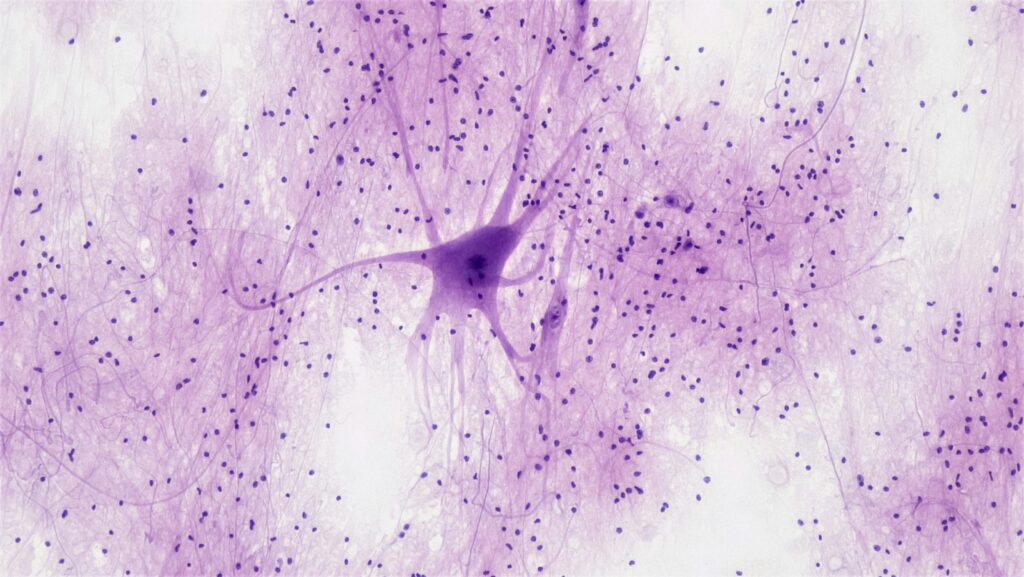
The insect brain undergoes one of the most fascinating transformations during pupation, balancing continuity with substantial remodeling. Unlike many other larval structures, the central nervous system is not completely disassembled but rather remodeled extensively while maintaining functional connections. Neurons controlling behaviors necessary for both larval and adult life are preserved, while those exclusively serving larval functions are pruned away. Simultaneously, new neural connections form to control adult-specific behaviors like flight, mating, and specialized feeding techniques. The optic lobes undergo particularly dramatic expansion in preparation for the complex visual processing needed for flying insects. Research has demonstrated that memory can persist through metamorphosis, with adults retaining certain learned aversions from their larval stage, despite the extensive neural rewiring. This neural transformation represents an extraordinary balance between stability and change, ensuring the adult insect emerges with both the instinctual knowledge accumulated through evolutionary history and, in some cases, the individual experiences acquired during its larval stage.
Developing Wings and Flight Muscles
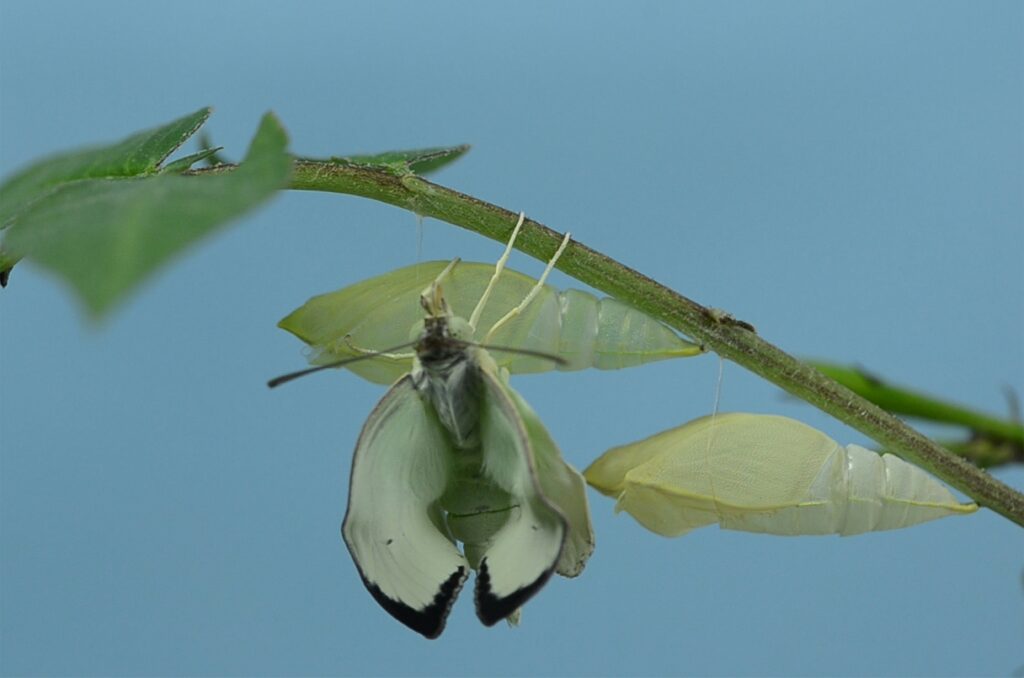
The development of wings represents one of the most dramatic aspects of metamorphosis, transforming a ground-bound larva into an aerial adult. Wing formation begins with the wing imaginal discs, which undergo explosive growth during pupation as they expand and fold into the distinctive wing shape characteristic of each species. The basic wing structure forms as a hollow pocket of epidermis that later flattens into a double membrane, with supporting veins developing from tracheal tubes that provide both structural rigidity and oxygen distribution. Simultaneously, entirely new flight muscles develop in the thorax, forming the powerful antagonistic pairs necessary for the complex wing movements of flight. These muscles must connect precisely to the developing exoskeleton to ensure mechanical advantage. In butterflies and moths, the wings initially form as compressed structures tightly packed within the pupal case, with microscopic scales developing in ordered rows that will later create the distinctive wing patterns and structural colors. The final wing expansion occurs after emergence, when the adult insect pumps hemolymph into the wing veins to expand them to full size before they harden permanently.
Pigmentation and Color Development
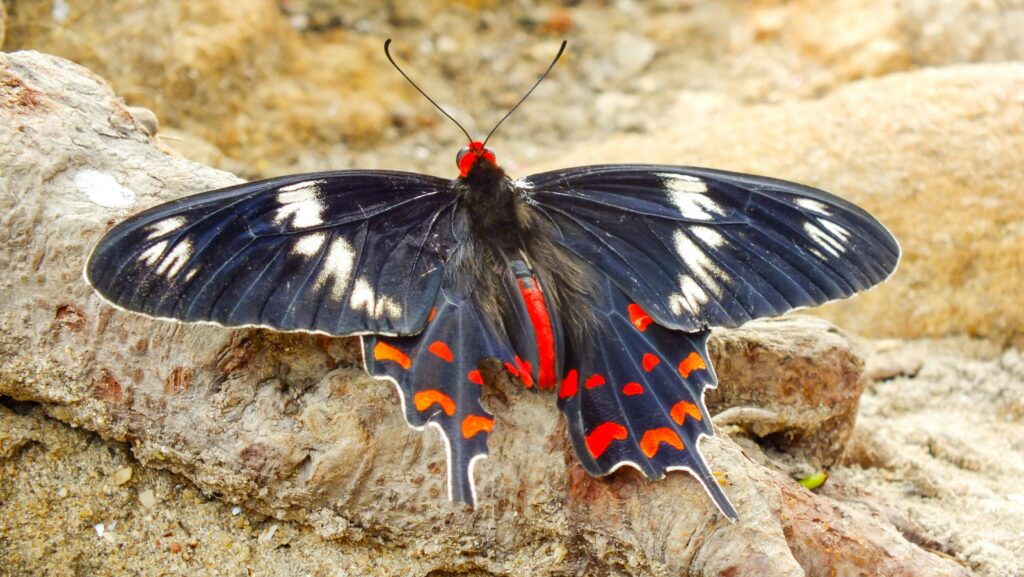
The vibrant colors that adorn many adult insects develop through complex biochemical processes during the final stages of pupation. Butterfly and moth scales, which start as simple cellular extensions, gradually fill with pigments like melanins (producing blacks and browns), ommochromes (reds and yellows), and pterins (whites). These pigments are synthesized through elaborate biochemical pathways that activate at specific developmental stages. Structural colors, which produce the iridescent blues and greens seen in many butterflies and beetles, form through the precise arrangement of chitin structures that refract light at specific wavelengths, comparable to natural photonic crystals. Most remarkable is the development of wing patterns, directed by morphogen gradients and gene expression boundaries that create precisely placed eyespots, bands, and color transitions. These patterns often serve specific adaptive functions, including predator deterrence, camouflage, thermoregulation, and mate attraction. The timing of pigment development is carefully coordinated, with many colors only appearing in their final form in the last hours before emergence, when the adult cuticle hardens and the final chemical reactions complete.
Energy Management Inside the Cocoon
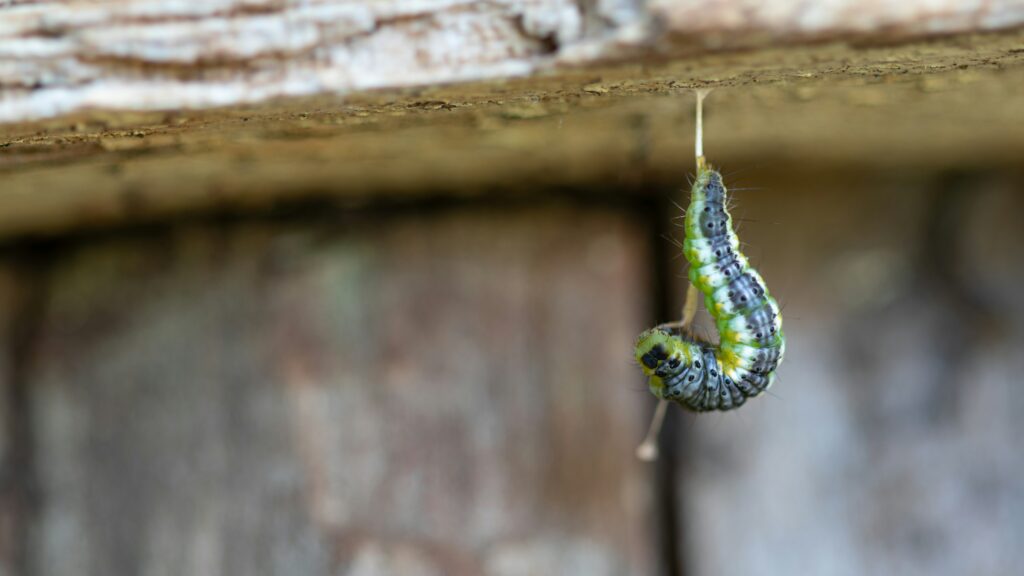
The entire metamorphic process operates under strict energy constraints, as pupae cannot feed and must rely entirely on energy reserves accumulated during the larval stage. This energy limitation represents one of the most significant constraints on metamorphosis and has driven remarkable metabolic adaptations. Fat bodies, specialized tissue masses that store lipids, proteins, and carbohydrates, serve as the primary energy reservoir, gradually depleting as metamorphosis progresses. Pupae enter a state of carefully regulated metabolic efficiency, conserving energy while maintaining the intense activity of tissue reorganization. Different developmental processes receive energy allocation in a precisely timed sequence, prioritizing critical structures like the nervous system and flight apparatus. Temperature plays a crucial role in energy management, with many species capable of adjusting their metabolic rate in response to environmental conditions – slowing development in cooler temperatures to conserve resources. This energy balance walks a precarious line; insufficient energy reserves can result in adults with reduced size, structural deformities, or shortened lifespans, demonstrating the critical importance of successful larval feeding for metamorphic success.
The Immune Challenge During Vulnerability

The pupal stage represents a period of particular vulnerability to pathogens and parasites, as the insect remains immobile and undergoes intensive internal reorganization with limited immune resources. Despite these challenges, pupae have evolved sophisticated immune defenses to protect themselves during this critical phase. The pupal case itself provides the first line of defense, often incorporating antimicrobial compounds or physical structures that deter fungal penetration and bacterial infiltration. Internally, specialized immune cells called hemocytes patrol the hemolymph (insect blood), identifying and encapsulating foreign invaders in a process called encapsulation. Antimicrobial peptides, produced largely in the fat body, provide broad-spectrum protection against bacteria and fungi. Many pupae also maintain elevated levels of phenoloxidase, an enzyme that catalyzes the melanization of damaged tissues and pathogens, effectively walling off threats. These immune responses must function while balancing the energy demands of metamorphosis itself, creating a fascinating trade-off between development and defense. Some species even incorporate materials with natural antimicrobial properties into their cocoons, such as certain plant compounds or soil elements, providing additional protection during this vulnerable stage.
The Grand Finale: Preparing for Emergence
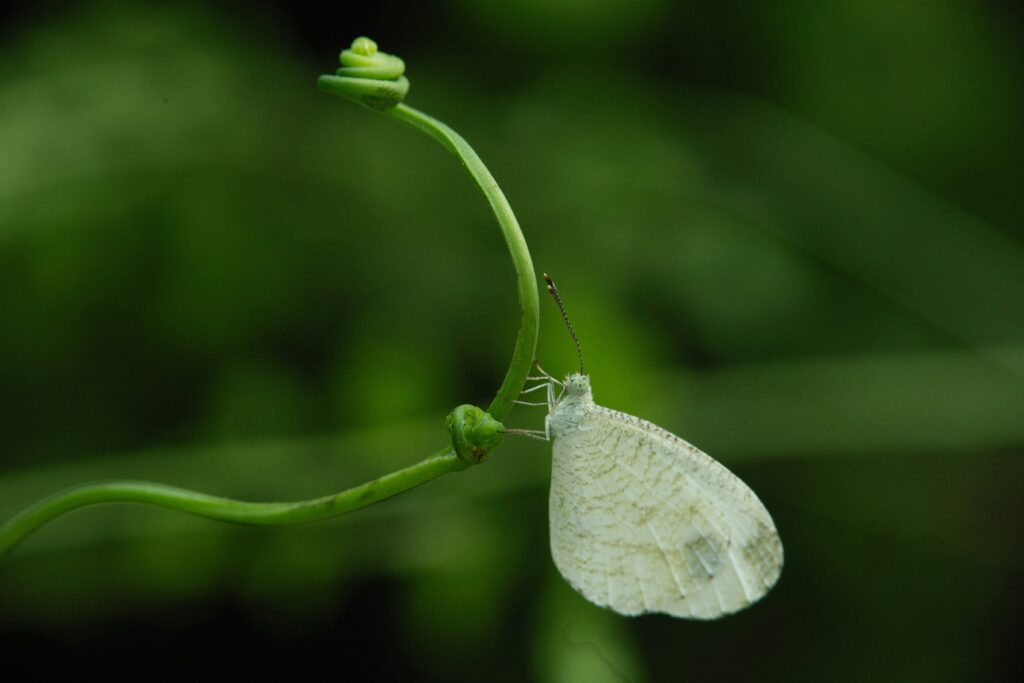
In the final days of pupation, development shifts toward preparing the fully formed adult for its emergence from the pupal case. Hormonal signals coordinate the hardening of the adult exoskeleton through a process called sclerotization, where the initially soft cuticle forms cross-links between proteins to create a rigid structure. The digestive system completes its transformation, preparing for adult feeding strategies that often differ dramatically from the larval diet. Reproductive organs mature, with some species emerging ready to mate almost immediately. Special emergence mechanisms develop, including the ptilinum in flies (a balloon-like structure that helps break open the puparium) and the production of cocoonase enzymes in moths that dissolve specific sections of the silk cocoon. Many butterflies develop cremaster hooks that anchor them to the chrysalis while they emerge, providing stability during the critical expansion of wings. The final positioning of the adult body within the pupal case is carefully arranged to facilitate successful emergence, with properly oriented appendages and a clear exit pathway. These final preparations ensure that after the remarkable internal transformation is complete, the adult insect can successfully transition to the outside world and begin the final stage of its extraordinary lifecycle.
Emergence: The Dramatic Conclusion
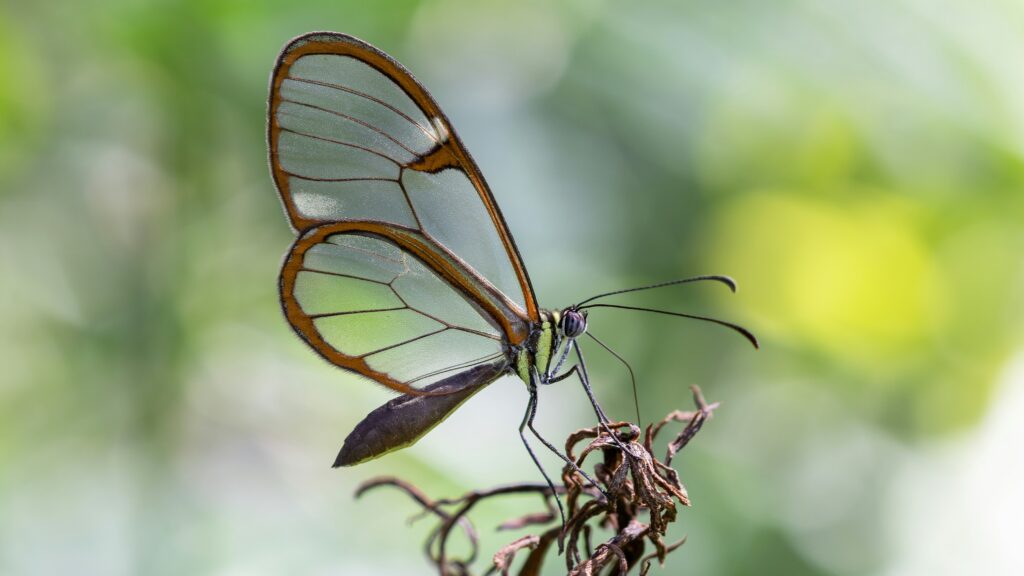
The emergence of an adult insect from its pupal case represents the culmination of metamorphosis and one of nature’s most dramatic moments. When development completes, specific hormonal triggers initiate a sequence of behaviors that break open the protective casing. Many insects use specialized structures for this purpose – adult butterflies secrete fluids that soften the chrysalis and then contract their muscles rhythmically to split it open, while beetles use their mandibles to chew through cocoon walls. The newly emerged insect appears dramatically different from its earlier form, though initially in a compressed state with soft exoskeleton and folded appendages. The critical first task for most emerged insects involves pumping hemolymph into their wings, legs, and antennae to expand them to full size before the exoskeleton hardens permanently. This expansion process must occur quickly, as the window for properly forming these structures is brief – typically less than an hour for wings. The first day of adult life involves continued hardening of the exoskeleton, elimination of metabolic waste products accumulated during pupation (meconium), and preparation for flight, feeding, and reproduction – the final chapter in one of nature’s most extraordinary transformations.
Conclusion
The journey from larva to adult through pupation stands as one of evolution’s most ingenious solutions, allowing insects to essentially live two lives in one lifetime. This remarkable process, hidden within the seemingly quiet confines of cocoons and chrysalises, represents biological engineering at its finest – a complete reorganization of body tissues orchestrated with precision at the cellular level. The metabolic, immunological, and developmental challenges overcome during this transformation have contributed to the extraordinary success of insects, allowing them to exploit diverse ecological niches and adapt to countless environments. As we continue to study the molecular and genetic mechanisms controlling metamorphosis, we gain not only appreciation for nature’s complexity but also insights that may inform fields from medicine to materials science. The humble cocoon, far from being a simple resting place, houses one of the most profound transformations in the natural world.

